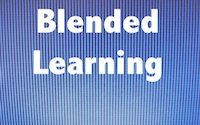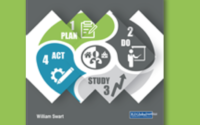
Myths and Facts About Flipped Learning
The combination of rapidly-accumulating research on the effectiveness of active learning combined with improvements in technology have created an ideal environment for almost any instructor to move their courses from a traditional to a flipped model. Many articles on flipped learning contain misconceptions that can lead potential practitioners into error or away from using flipped […]










